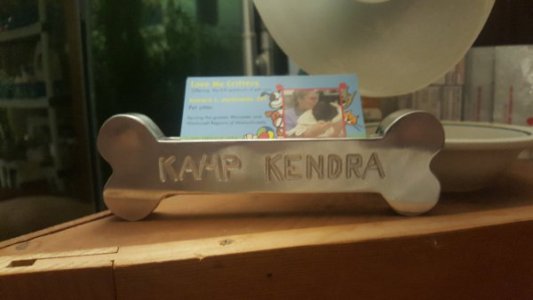Hi All
I have a rotary table and I’ve used it for milling circular curves, when I have a center hole to pivot around. So I get the concept and use.
However, I have designs with curves that are not circular. Can I manually mill these curves?
I imagine the answer is yes but I would have to plot out every single thousand’s of an inch movement of the X and Y dials.
Is that true and is that how the old timers did it? Right now CNC is not an option. $$$
I have a rotary table and I’ve used it for milling circular curves, when I have a center hole to pivot around. So I get the concept and use.
However, I have designs with curves that are not circular. Can I manually mill these curves?
I imagine the answer is yes but I would have to plot out every single thousand’s of an inch movement of the X and Y dials.
Is that true and is that how the old timers did it? Right now CNC is not an option. $$$


